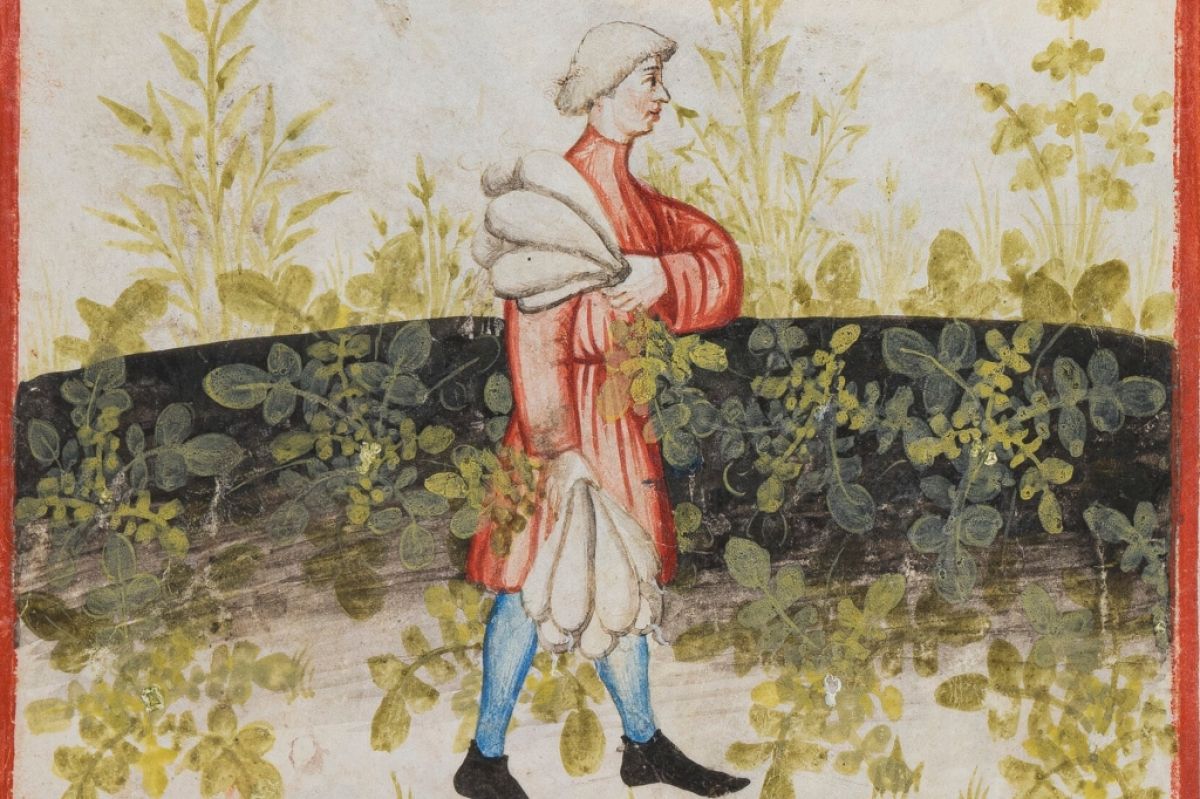Focus on Flowers
After the Romans left England in AD 410 but before the Norman invasion in 1066, the Anglo Saxons did not garden much, as they were too busy fighting. They always, however, kept their vineyards—as wine was a necessity—and a few orchards survived, as well as medicinal herbs.
A scholar in King Alfred's court produced a medical text, which mentioned native plants, including the radish.
The Domesday Book mentions cottage gardens that grew root vegetables, herbs, oats, wheat, and barley.
The early Church leaders such as St. Augustine said that gardens were images of Paradise and that plants had symbolic significance.
In AD 830, St. Benedict said that gardening was appropriate manual labor for monks and that all monasteries should have a psychic garden, kitchen garden, cellar garden, an orchard, and a private garden for monks of high office.
The Norman conquest in 1066 resulted in large tracts of forest land being taken over by the Royals. This deprived the common people of a valuable food source as they could no longer hunt or take their livestock to those areas to graze. Deprived of food and wood for fuel, they had a reduced diet of gruel, bread, and ale. Monasteries, however, still maintained their medicinal herb gardens.
This is Moya Andrews, and today we focused on medieval gardens.










